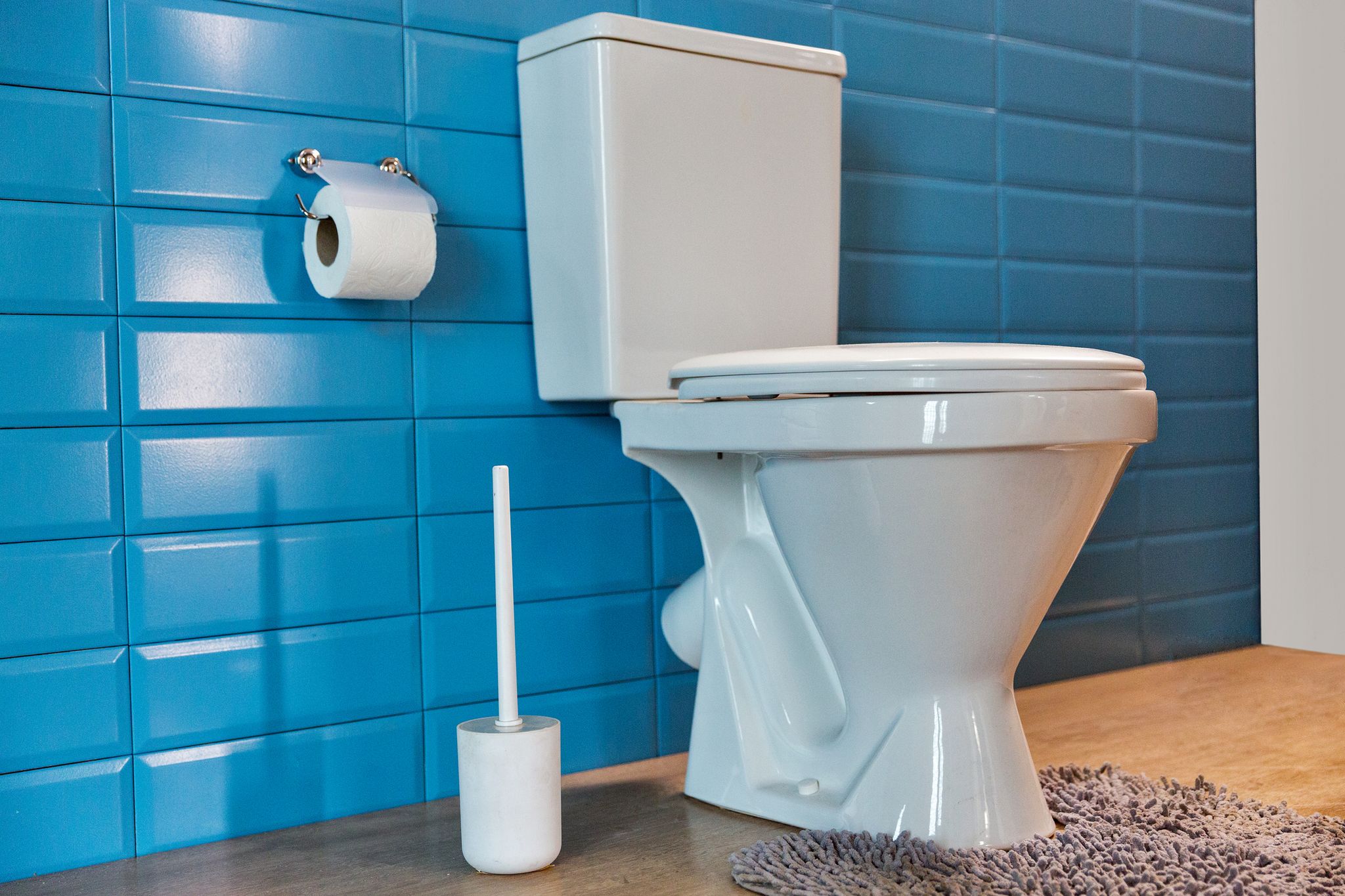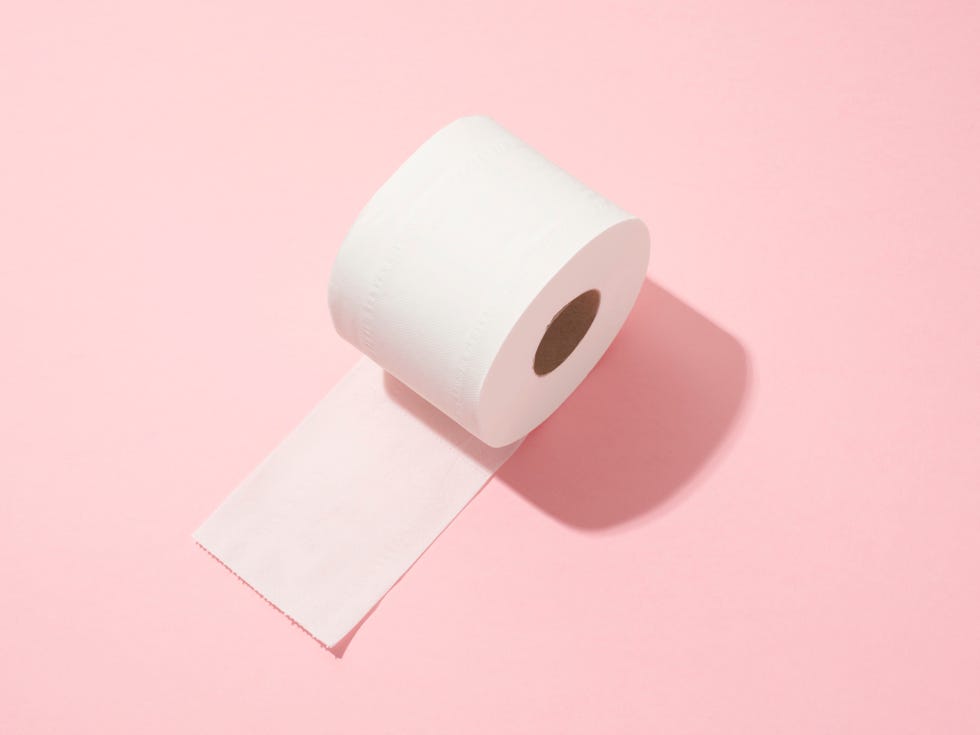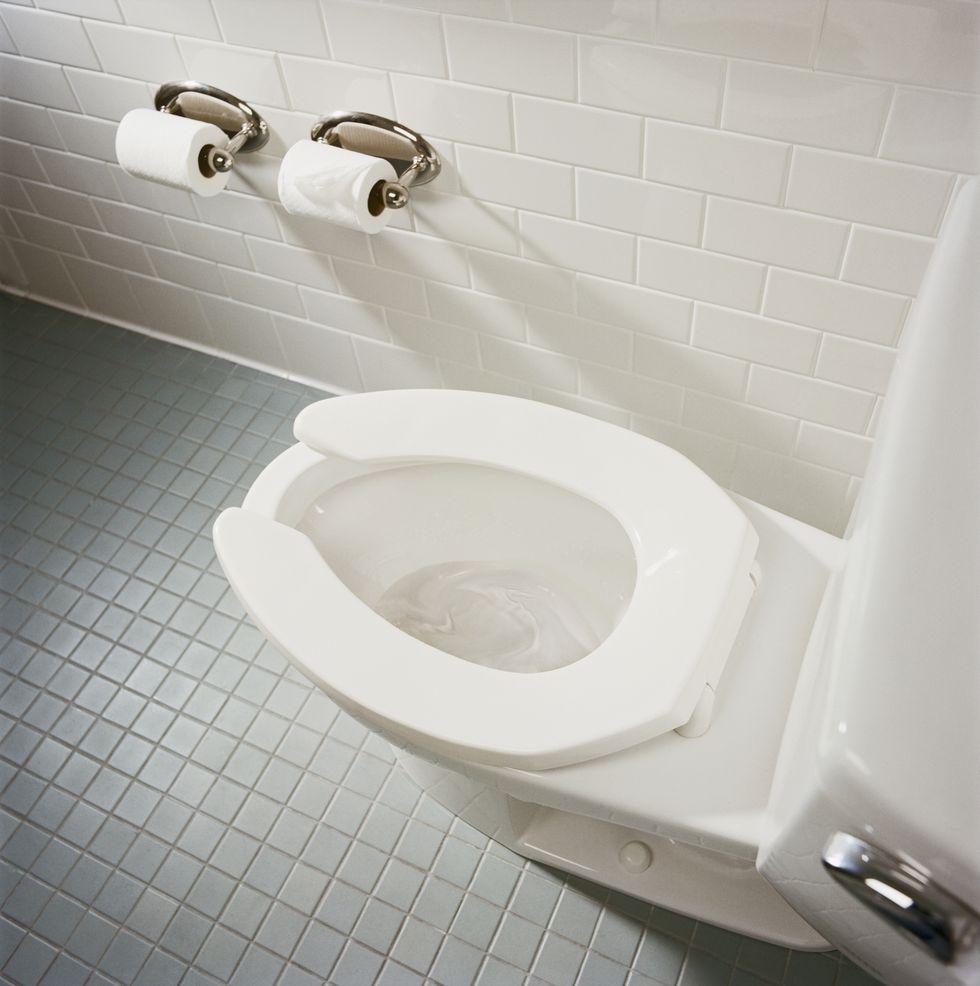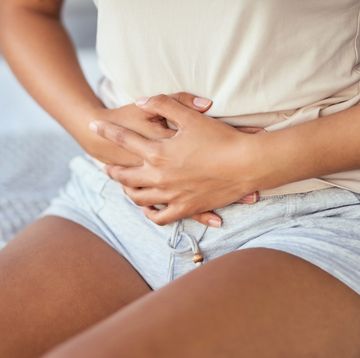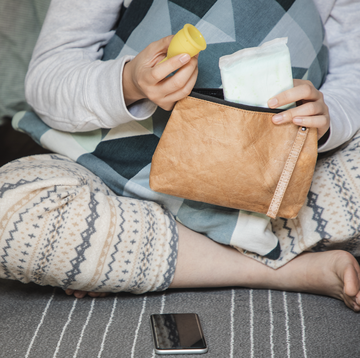As lockdown gradually eases, more and more public places are beginning to open up. It's nice to feel a slight semblance of normality returning, but there is one slightly unavoidable issue preventing us from spending prolonged spaces of time out, away from our homes: the lack of public toilets that are open.
While the odd public loo might be available, on the whole they remain closed. And while scientific experts are looking into ways to get around this, a new study suggests that shared toilets could be potentially risky for the spread of coronavirus.
The researched, published this week in the journal Physics of Fluids, found that if a person with coronavirus uses the toilet (for a number two), the flush may generate a cloud of infected aerosol that lingers in the surrounding air.
As the next person enters the cubicle, the concern is that they might inhale these invisible droplets and become infected themselves. Alternatively, the droplets may land on surfaces within the toilet cubicle, where we know the virus can survive for several hours. If these surfaces are touched, and the person goes on to sub-consciously touch their eyes, nose, or mouth, the infection can then be ingested.
You might be thinking right about now: how on earth can a person's poo transmit coronavirus, when it's a respiratory virus? The answer is, human coronaviruses (the specific group of viruses that COVID-19 belongs in) are known to be characterised by faecal–oral transmission. "It can be concluded that faecal–oral transmission is not a unique feature of the currently raging SARS-CoV-2 but a common transmission channel for most viruses," reads the new study.
In real terms, what 'faecal–oral transmission' means is when pathogens in faecal particles (poo particles) pass from one person to the mouth of another, generally as a result of inadequate sanitation and poor hygiene practices. But the toilet's flush mechanism also plays a role in faecal-oral transmission, as the research found that between 40% and 60% of particles rose above the toilet seat "to cause large-area spread".
The particles - which could contain infection if a confirmed COVID-19 case were to have gone for a poo in the toilet - were discovered to reach heights of 106.5cm from the ground (almost 3.5 feet).
The researchers concluded:"According to the characteristics of faecal–oral transmission, there will be a large amount of viruses within a toilet when a confirmed case uses it. Thus, toilets should be regarded as one of the infection sources."
This makes sense, considering that some coronavirus patients are known to suffer from gastrointestinal symptoms such as diarrhoea. The researchers suggest this may be because the virus can survive in the digestive tract.
The study authors were keen to reassure that this shouldn't put you off using any toilet besides your own; it was noted in the paper that "toilets are a daily necessity" that merely become dangerous in the spread of coronavirus "if used improperly". Following on from that, the experts suggested a number of precautions to be taken, that could help prevent the spread of COVID-19 in this way:
- Put the toilet lid down before flushing, which can basically prevent virus transmission.
- Clean the toilet seat before using it, since floating virus particles could have settled on its surface.
- Wash your hands carefully after flushing, since virus particles may be present on the flush button and door handle.
The information in this story is accurate as of the publication date. While we are attempting to keep our content as up-to-date as possible, the situation surrounding the coronavirus pandemic continues to develop rapidly, so it's possible that some information and recommendations may have changed since publishing. For any concerns and latest advice, visit the World Health Organisation. If you're in the UK, the National Health Service can also provide useful information and support, while US users can contact the Center for Disease Control and Prevention.
Follow Cat on Instagram.
Like this article? Sign up to our newsletter to get more articles like this delivered straight to your inbox.
